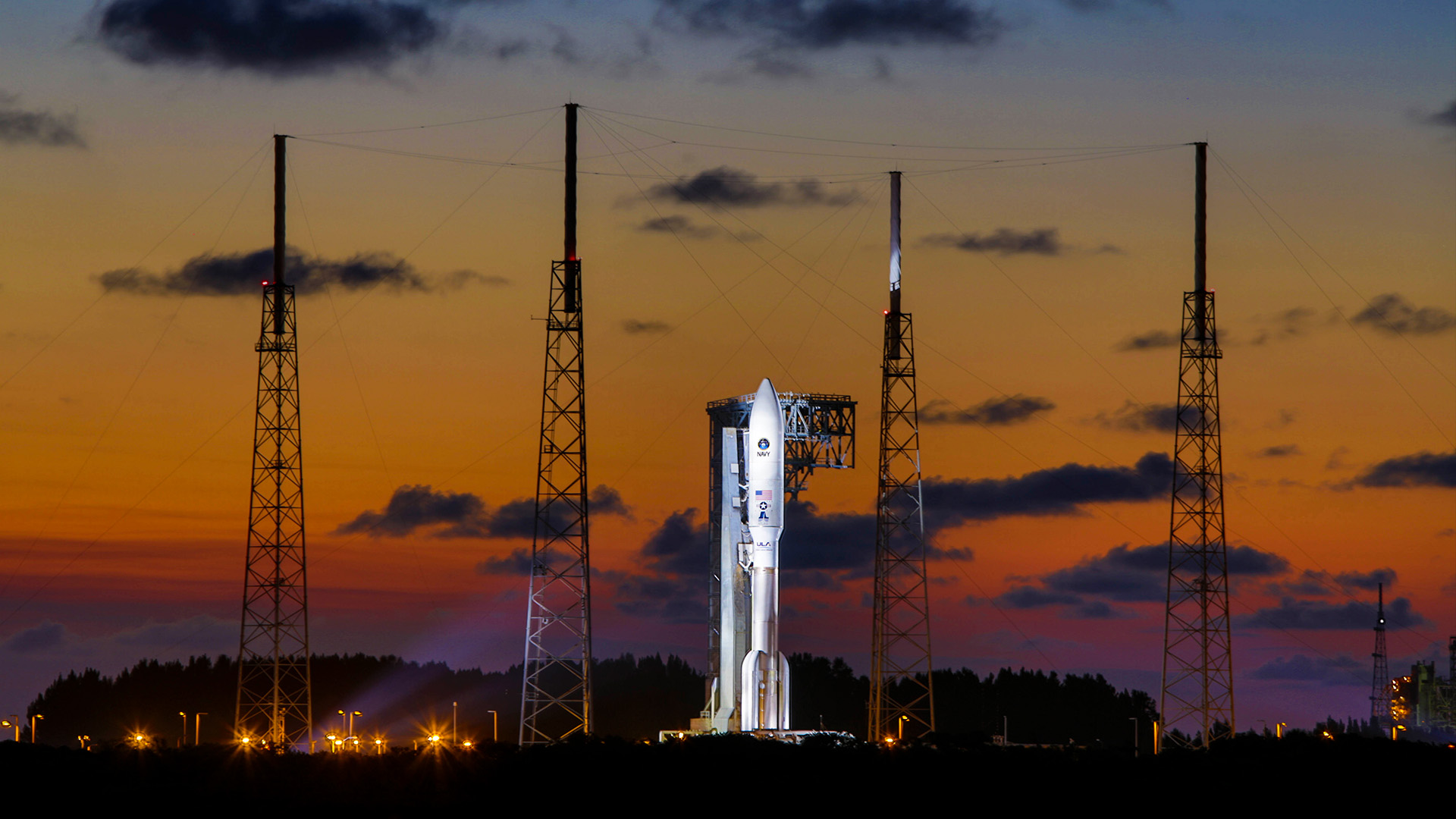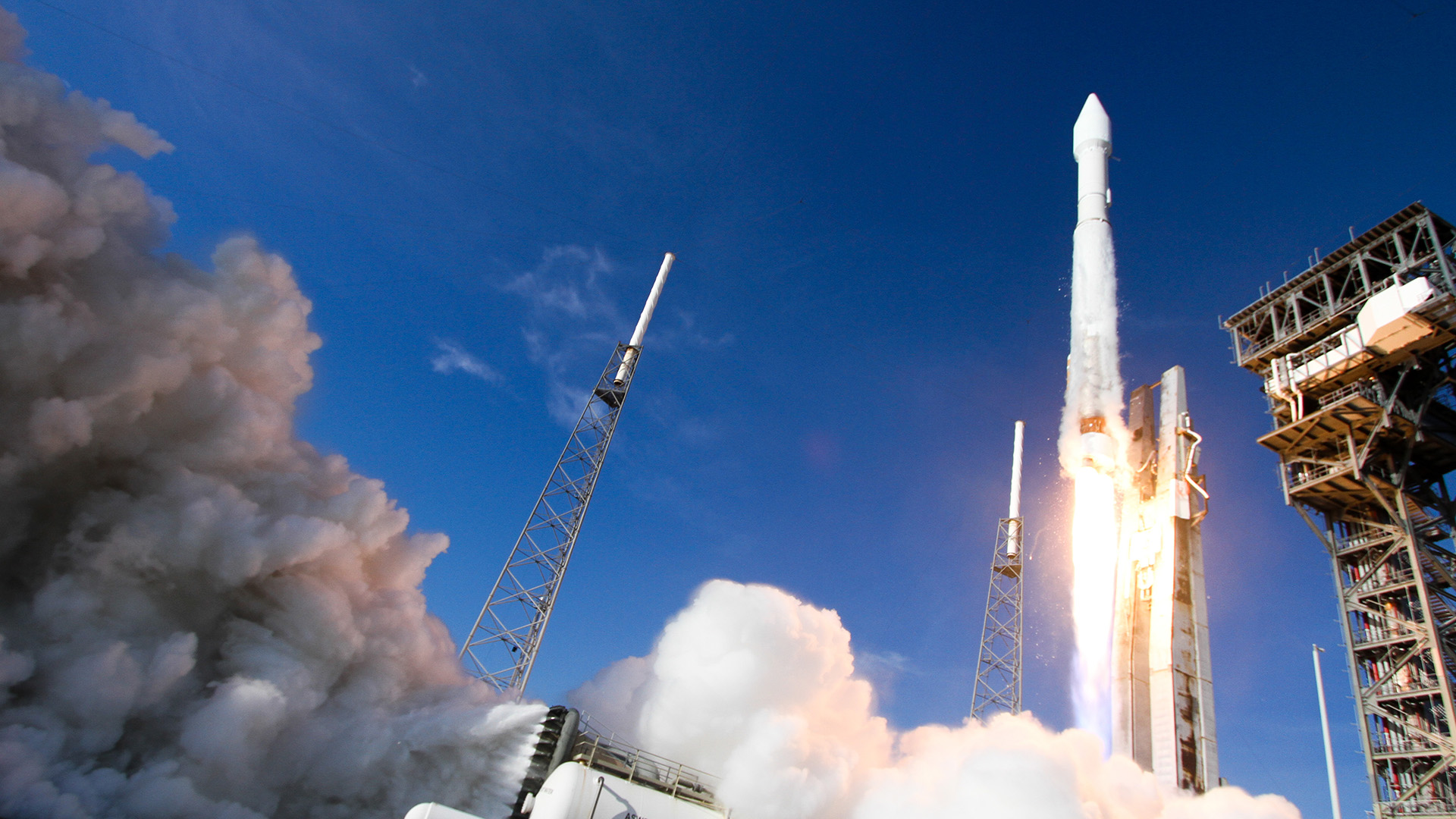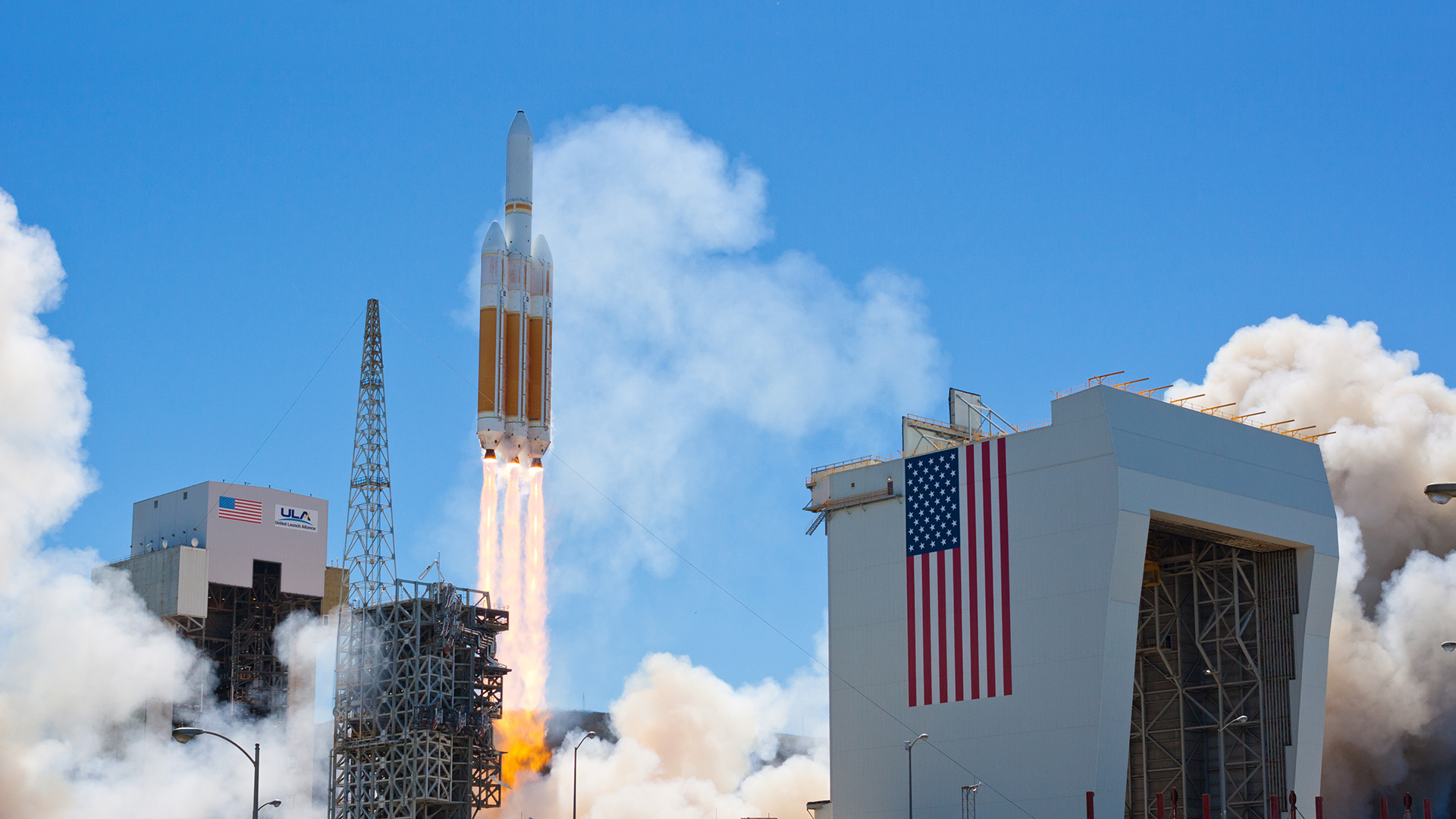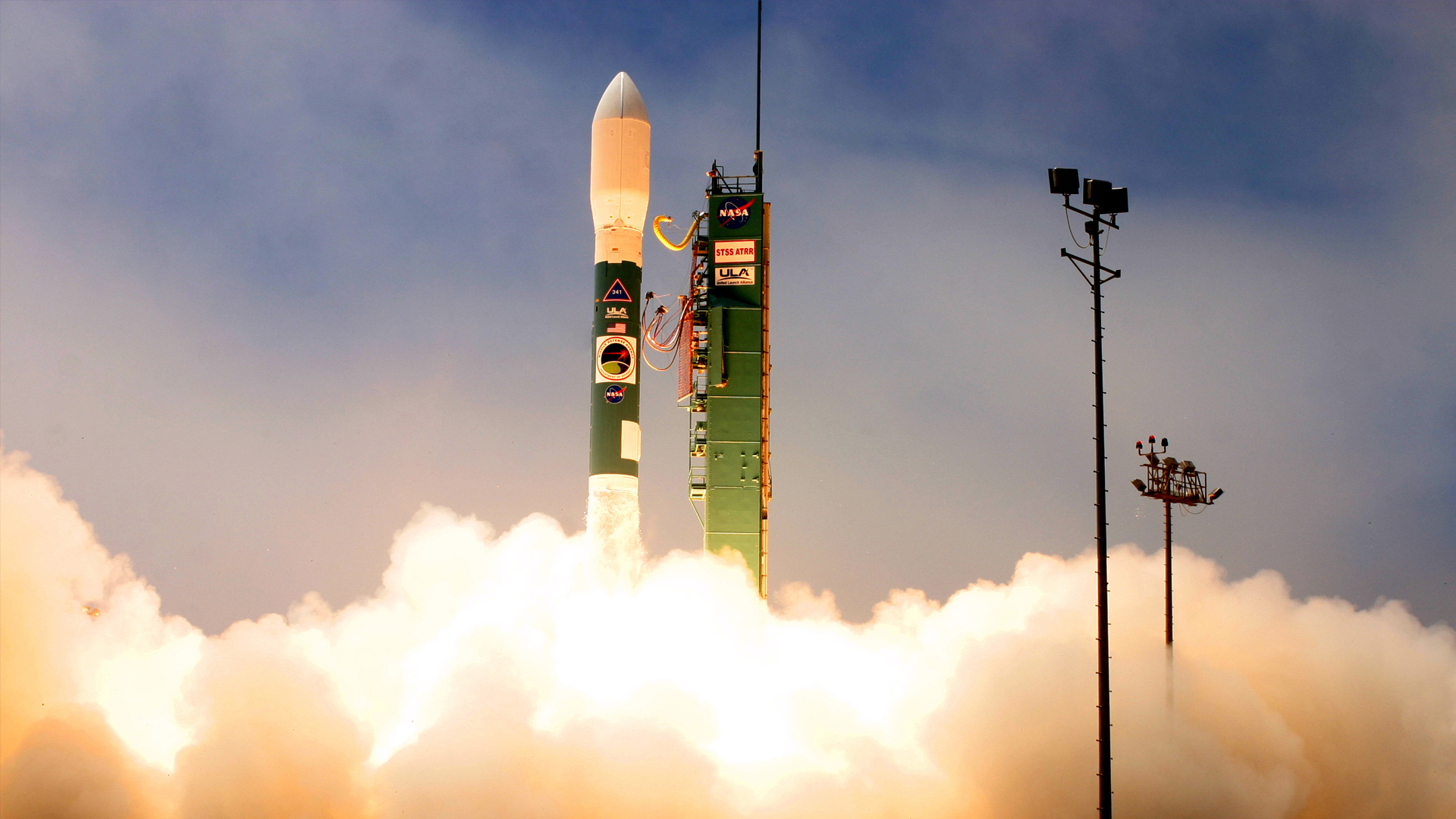Missions
Next LaunchUnited Launch Alliance Successfully Launches NASA's Phoenix Spacecraft
Delta II Phoenix Mission Booklet
Cape Canaveral, Fla., (Aug. 4, 2007) - United Launch Alliance successfully launched a Delta II expendable launch vehicle today from Space Launch Complex 17A at 5:26 a.m., EDT carrying NASA’s Phoenix spacecraft. This launch marks the second ULA mission conducted for NASA this year.
"With the launch of Phoenix, ULA continues to show its dedication to providing safe, cost-effective, reliable access to space for U.S. government missions," said Mark Wilkins, ULA vice president, Delta Programs. "As NASA focuses on Mars exploration, ULA is privileged to support this critical mission."
Phoenix is the first in NASA's "Scout Program," which are spacecraft designed to be highly innovative and relatively low-cost complements to major missions being planned as part of the agency's human Mars Exploration Program. Following a 10-month journey to Mars, Phoenix will collect Martian soil and ice in the arctic region and use its onboard scientific instruments to analyze the samples. NASA’s goal is to study Martian water history and habitability potential in the planet’s arctic ice-rich soil.
The ULA Delta II 7925-9.5 configuration vehicle featured an ULA first stage booster powered by a Pratt & Whitney Rocketdyne RS-27A main engine and nine Alliant Techsystems (ATK) strap-on solid rocket motors. An Aerojet AJ10-118K engine powered the second stage. A spin-stabilized Star-48B solid-rocket motor built by ATK boosted the third stage. The payload was encased by a 9.5-foot-diameter payload fairing.
ULA began processing the Delta II launch vehicle in Decatur, Ala., more than two years ago. In May, the first stage arrived from Decatur, followed by the second stage later that month. The vehicle was erected on the stand at Pad 17A, June 18, with solid rocket motor installation completed in July. Hundreds of ULA technicians, engineers and management worked to prepare the vehicle for the Phoenix mission.
ULA's next launch, currently scheduled for no earlier than mid-September, is the Wideband Global SATCOM (WGS) satellite for the Air Force aboard an Atlas V from Space Launch Complex 41 here.
ULA program management, engineering, test and mission support functions are headquartered in Denver, Colo. Manufacturing, assembly and integration operations are located at Huntington Beach, Calif., Decatur, Ala., Harlingen, Tex. and San Diego, Calif. Launch operations are located at Cape Canaveral Air Force Station, Fla., and Vandenberg Air Force Base, Calif.
For more information on ULA, visit the ULA website at www.ulalaunch.com, or call the ULA Launch Hotline at 1-877-ULA-4321 (852-4321). Join the conversation at www.facebook.com/ulalaunch and twitter.com/ulalaunch





